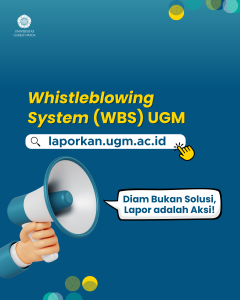Tooth damage, or pulpal necrosis, is a serious condition that requires immediate attention. It occurs when the pulp—the soft tissue inside the tooth—becomes damaged or dies due to infection, trauma, or other dental diseases. Below are some common symptoms of tooth damage and how to address them.
Symptoms of Tooth Damage
Some signs that may indicate your tooth is damaged include:
- Persistent Pain
- Ongoing pain that doesn’t subside—often sharp or throbbing—can be a sign of a serious dental issue.
- Tooth Discoloration
- A damaged tooth may darken or turn brownish due to pulp death inside the tooth.
- Swelling
- Swelling of the gums around the affected tooth can indicate an underlying infection.
- Fistula (Gum Lesion)
- A small lesion on the gum that oozes pus may suggest a more severe infection.
- Pain While Chewing
- Discomfort or pain when chewing may stem from an unhealthy tooth.
As described in a study by UGM Dental School student Fauza Salsabila under the guidance of drg. Emut Lukito, S.U., Sp.KGA(K) and drg. Ignatius Sulistyo Jatmiko, M.Kes., Sp.KGA titled “Evaluation of Root Canal Treatment Outcomes on Upper Deciduous Incisors with Necrosis (A Study at Prof. Soedomo Dental Hospital in 2015),” early identification of pulpal necrosis symptoms is crucial in preventing further complications and determining the most effective treatment.
Treatment for Tooth Damage
Treatment for tooth damage depends on the severity and symptoms. Common treatment options include:
- Root Canal Therapy
- The most common procedure for treating damaged teeth, where the dentist cleans and disinfects the infected root canal and fills it with safe material to prevent further infection.
- Tooth Extraction
- If the tooth cannot be saved, extraction may be necessary—especially in cases of severe infection or irreparable structural damage.
- Antibiotic Treatment
- If an infection is present, dentists may prescribe antibiotics before or after performing the dental procedure.
- Follow-Up Care
- Regular monitoring and follow-up care after treatment are essential to ensure no further complications arise and to keep the remaining teeth healthy.
***
Tooth damage is a serious issue that requires prompt medical attention. The symptoms are often signs of a more significant problem that must be addressed. With proper treatment and routine monitoring, your teeth can be preserved in good condition and future problems can be avoided. If you experience any of the symptoms listed, consult a dentist immediately for an accurate diagnosis and appropriate care.
References
Fauza Salsabila, drg. Emut Lukito, S.U., Sp.KGA(K), drg. Ignatius Sulistyo Jatmiko, M.Kes., Sp.KGA, Evaluation of Root Canal Treatment Outcomes on Upper Deciduous Incisors with Necrosis (A Study at Prof. Soedomo Dental Hospital in 2015). https://etd.repository.ugm.ac.id/penelitian/detail/97185
Author: Rizky B. Hendrawan | Photo: Freepik



